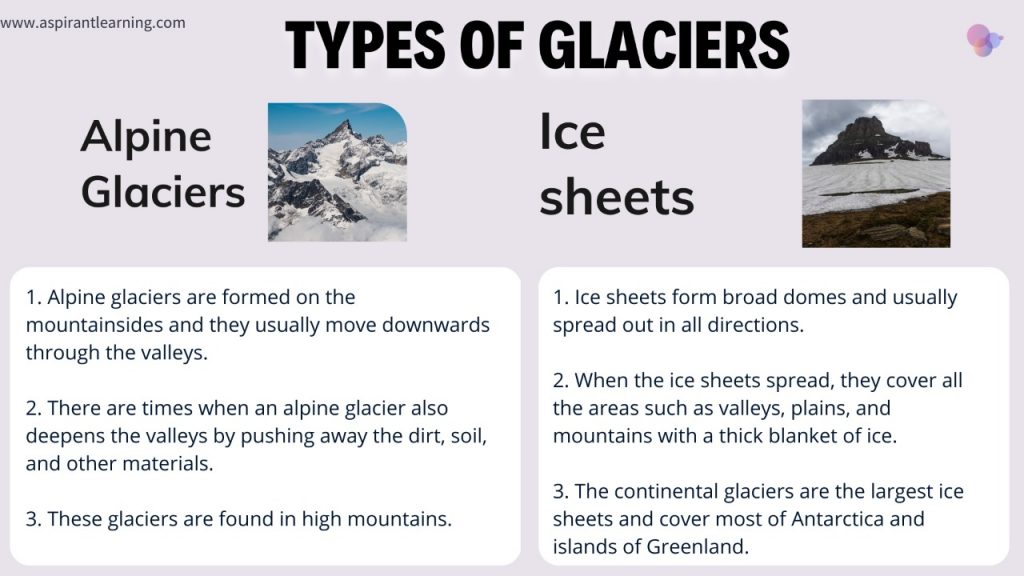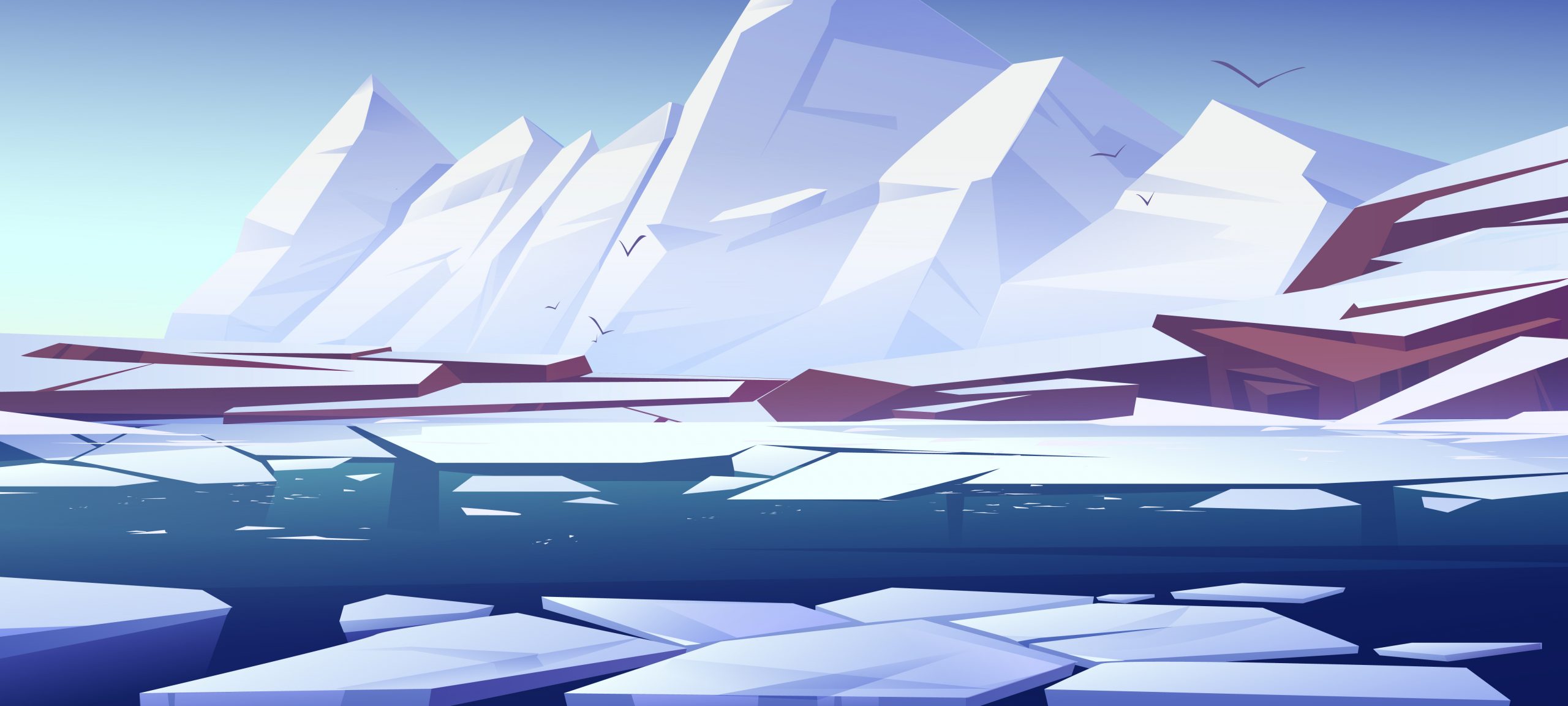News Highlights:
As per a glaciologist at Carnegie Mellon University reports Earth’s glaciers are receding at unprecedented rates due to climate change and rising temperatures.
Key takeaway:
Half the Earth’s glaciers are destined to vanish by 2100, even if we adhere to the Paris Climate Agreement goal of limiting global temperature rise to 1.5 degrees Celsius above pre-industrial levels.
Key highlights of the report:
- Impact of Global warming:
- If global warming continues at the current rate of 2.7°C, 68 per cent of glaciers vanish, and by the end of the following century, there would be practically no glaciers left in central Europe, western Canada and the United States.
- Some of these glaciers can be saved from extinction by reducing global warming
- The effects of glacier loss are more severe than previously assumed.
- Impact of glacier melting:
- Melting glaciers raises sea levels dramatically, jeopardising up to two billion people’s access to water and increasing the risk of natural disasters and extreme weather events like floods.
- Current scenario:
- Glaciers, which hold 70 per cent of the Earth’s freshwater, currently encompass around 10 per cent of the planet’s land area.
- The amount of ice lost by glaciers between 1994 and 2017 was around 30 trillion tonnes, and they are now melting at a pace of 1.2 trillion tonnes each year.
- The glaciers in the Alps, Iceland and Alaska are some of those that are melting at the quickest rates.
- Global sea level rose by 21 per cent between 2000 and 2019. This was solely due to meltwater from melting glaciers and ice sheets
- A UN research published late last year said that the globe is already on course to warm over 2°C and warned that the threshold may be crossed as early as 2030.
- Need for ambitious climate pledges:
- The rapidly increasing glacier mass losses as global temperature increases beyond 1.5C stresses the urgency of establishing more ambitious climate pledges to preserve the glaciers in these mountainous regions.
Glaciers:
- About:
- A glacier is a large, perennial accumulation of crystalline ice, snow, rock, sediment, and water that originates on land and moves downslope under the influence of its own weight and gravity. They are sensitive indicators of changing climate.
- Out of total water on Earth, 2.1% is in glaciers, while 97.2% is in the oceans and inland seas.
- Condition for its Formation:
- Mean annual temperatures are close to the freezing point.
- Winter precipitation produces significant accumulations of snow.
- Temperatures throughout the rest of the year do not result in the complete loss of the previous winter’s snow accumulation.
- Formation:
- Glaciers begin forming in places where more snow piles up each year than melts. Soon after falling, the snow begins to compress or become denser and tightly packed. The process of snow compacting into glacial firn (dense, grainy ice) is called firnification.
- When the ice grows thick enough, about 50 meters (160 feet), the firn grains fuse into a huge mass of solid ice. The glacier begins to move under its own weight. Different parts of a glacier move at different speeds. The flowing ice in the middle of the glacier moves faster than the base.

Significance of Glaciers:
- Thermo Haline Circulation:
- The melting of fresh water from glaciers alters the ocean, not only by directly contributing to the global sea level rise but also because it pushes down the heavier salt water, thereby changing the currents in the ocean.
- Planet’s air conditioner:
- As the planet’s air conditioner, the polar ice caps impact weather and climate dynamics, such as the jet stream.
- Indicators of climate change:
- Glaciers are also early indicators of climate change that will have a somewhat more delayed impact on other parts of the Earth system. Glaciers are sentinels of climate change.
- Source of drinking water:
- People living in arid climates near mountains often rely on glacial melt for their water for part of the year. e.g.: Ganges, Yangtze
- In Switzerland’s Rhone Valley, farmers have irrigated their crops for hundreds of years by channelling meltwater from glaciers to their fields.
- Generate hydroelectric power:
- Scientists and engineers in Norway, central Europe, Canada, New Zealand, and South America have worked together to tap into glacial resources, using electricity that has been generated in part by damming glacial meltwater.
Pic Courtesy: Freepik
Content Source: Down to earth



